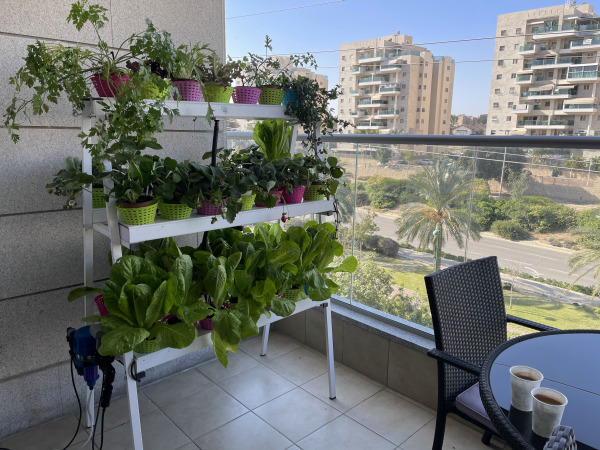GOLDA at the dacha and on the balcony

Home hydroponic installation GOLDA.
Next to your house, in the country and even on the balcony of your apartment. Compact, fully functional plant growing system, equipped with all necessary equipment:
- built-in universal drip irrigation system, providing uniform watering of all plants;
- fine filter, to ensure operating conditions of the equipment and its long-term performance;
- dosing pump for proportional addition of fertilizers, delivering fertilizers to the root zone of plants;
- drainage system;
- automatic irrigation control system, operating in a given mode, the controller is configured via a smartphone application.
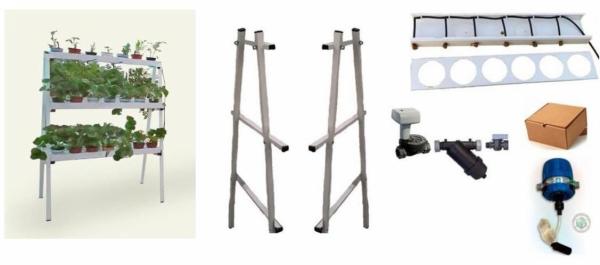

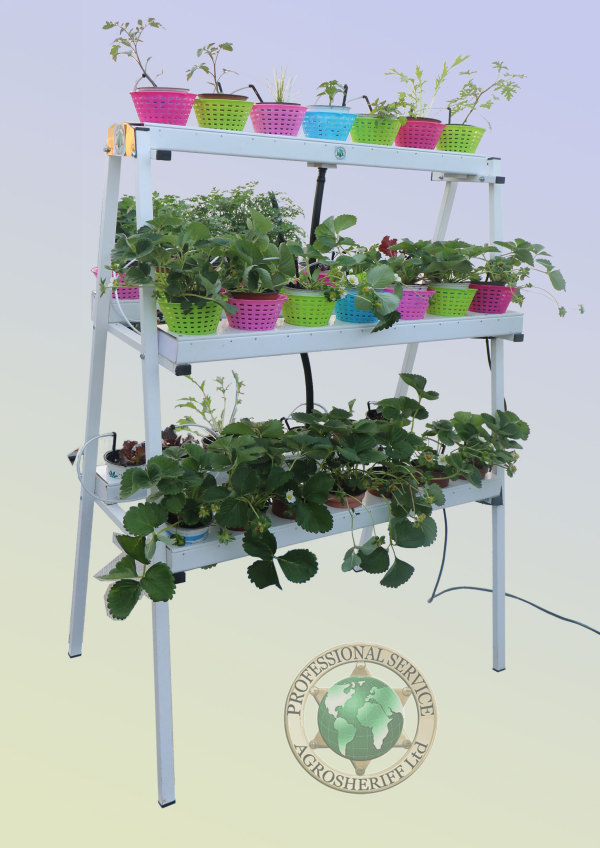
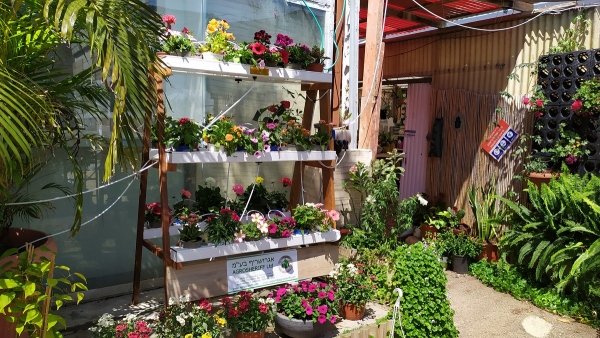
A set of parts for such an installation can be ordered or made completely independently. You can choose the material and make it according to your own requirements for height, length and width.
The supporting frame can be made of aluminum or steel profile or wood.
Technical requirements:
For the irrigation system to work smoothly and to guarantee uniform watering of plants, it is necessary to connect the unit to the water supply with a minimum water pressure of 1.5 bar at the inlet of the system. The maximum water pressure is 4.0 bar.
No power supply is required.
The dosing pump starts working automatically when water arrives and stops when the water flow stops. You can start or stop the supply of fertilizer solution to the irrigation water by pressing the on/off button on the fertilizer dosing pump.
The intelligent irrigation controller is powered by an internal battery. Smartphone requirements - iOS7 or Android V4.3.

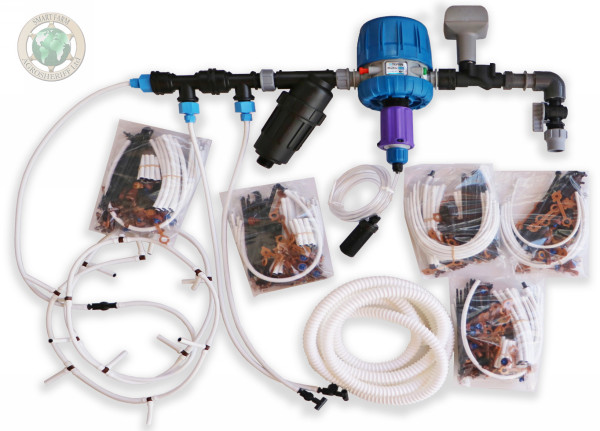

Even children can easily assemble the setup if you have a full set of parts for it. If you want to make this device and its parts completely with your own hands, you will have to spend a little more time and effort to achieve the result.


